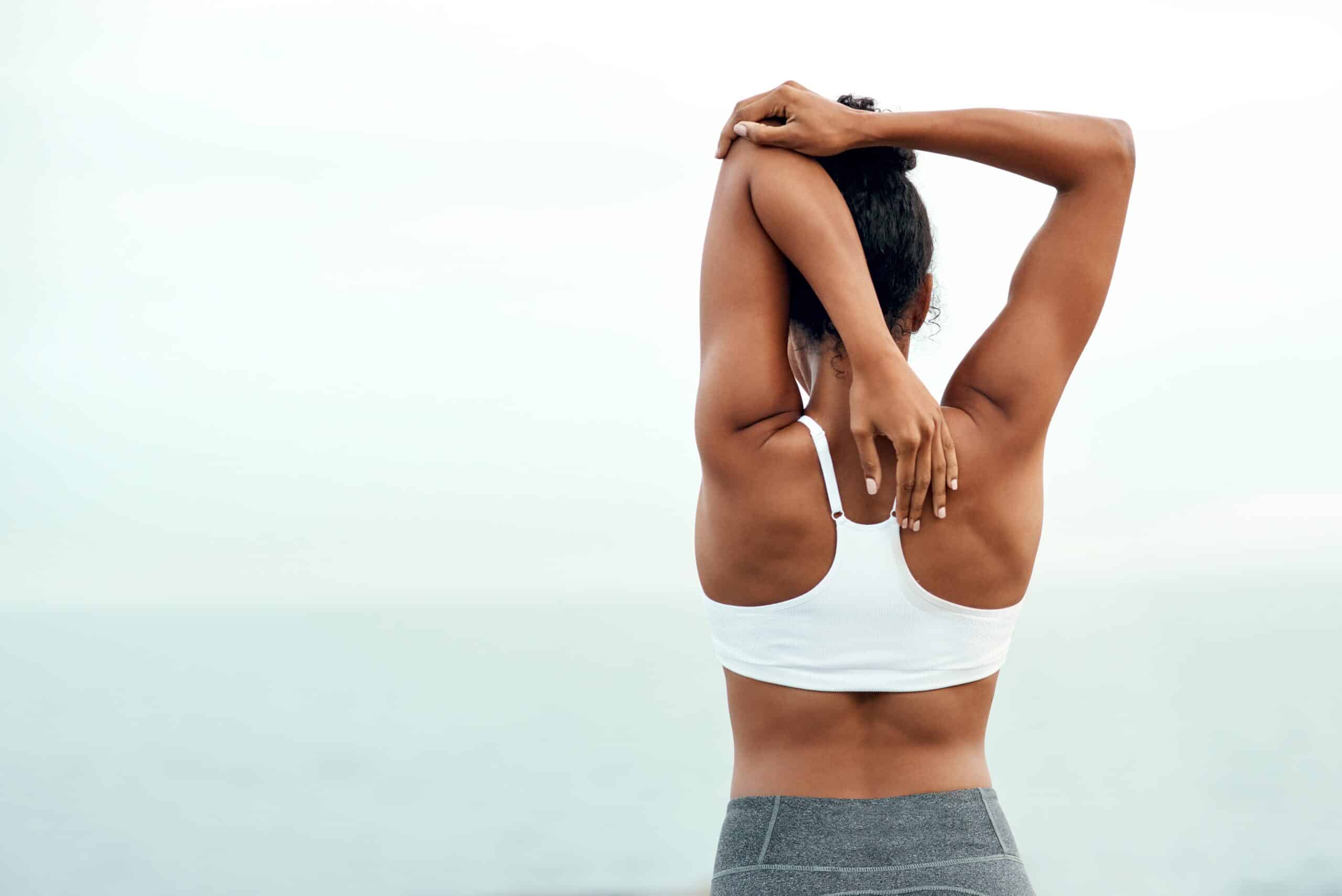Inflammation is usually a healthy immune response that helps the body heal and protect itself. For example, if you cut your finger, your immune system sends white blood cells to the cut, causing redness, heat, pain, and swelling as it fights infection.
In Gaucher disease, however, the immune system tends to stay on high alert, leading to chronic inflammation. Ongoing inflammation can cause joint pain, tissue damage, and other systemic issues. That’s why managing inflammation is especially important for people living with Gaucher disease.
Medications can reduce inflammation, as can dietary changes, medication, and exercise, including stretching. By activating anti-inflammatory processes, stretching helps ease symptoms and improve overall well-being.
Understanding Inflammation in Gaucher Disease
People with Gaucher disease lack an enzyme called glucocerebrosidase.
Suzanne Krupskas, PT
“As a result [of the glucocerebrosidase deficiency], our inflammatory cells are excessively triggered,” explains Suzanne Krupskas, PT, a physical therapist, Gaucher advocate, speaker, and patient.
The enzyme deficiency leads to the accumulation of a molecule called glucocerebroside in immune cells—especially in macrophages, a type of white blood cell. In turn, this accumulation triggers the excessive production of proteins called cytokines.
Cytokines circulate in the blood and promote the body’s inflammatory response, resulting in widespread and chronic inflammation. Reducing circulating proinflammatory cytokines can alleviate various symptoms and improve the quality of life.
Stretching Relieves Inflammation: Here’s How
Inflammation can be local, occurring at an injury site, or systemic, involving the entire body. Research indicates that stretching reduces inflammation both locally and systemically, by decreasing circulating proinflammatory cytokines.
Stretching has multiple benefits, Krupskas says, many of which help reduce inflammation. Stretching helps to:
- activate the parasympathetic nervous system to lower stress hormones like cortisol that can increase inflammation.
- enhance posture to support better breathing, improving oxygen flow and reducing inflammation.
- increase flexibility by reducing muscle tension and joint stiffness and decreasing the likelihood of chronic inflammation.
- improve blood flow to deliver oxygen to tissues more efficiently, reducing inflammation.
- release endorphins known as “feel good” hormones to reduce the perception of pain and discomfort, reducing the body’s inflammatory response.
Getting Started with Stretching
Stretching can be a powerful tool to manage or reduce inflammation, but you need to do it correctly, Krupskas says.
Warm up
First, warm up your muscles before stretching to avoid injury. It doesn’t have to involve much exertion. It could be as simple as arm circles or gentle leg raises, she says.
Hydrate
Gaucher disease often causes chronic bone pain and an increased risk of fractures. Dehydration can exacerbate these issues, she explains. “When people are dehydrated, the muscles, tendons, and ligaments will respond—and not in a good way.” Proper hydration is crucial for maintaining the flexibility and function of these soft tissues.
She uses the spine as an example. “When we hydrate, we’re expanding the discs. When we’re dehydrated, those discs start to become like squished marshmallows.”
Be consistent
Consistency is more important than intensity or duration. Stretching a few times a week for just a few minutes will provide more benefits than the occasional intense session, she says.
Stretches can be dynamic or static:
- Dynamic: Moving through a range of motion.
- Static: Holding a position for a set time – usually 20-30 seconds.
People with more severe types of Gaucher’s disease and limited mobility may need help with stretching, she says. A physical therapist or trained caretaker can assist with passive stretching by manually moving limbs. These stretches can be either static or dynamic.
Start stretching
Here are three stretches to try:
- Calf Stretch: Stand facing a wall, placing your hands on it for support. Step one foot back. Keep that back heel flat on the floor and bend your front knee until you feel a stretch in your calf. Hold for 20-30 seconds, then switch to the other leg.
- Forward Stretch: Sit on a chair with your feet flat on the ground. Slowly bend forward, reaching your hands towards your feet. Hold for 20-30 seconds, and then slowly come back up.
- Shoulder Stretch: Stand or sit up straight. Bring one arm across your chest and use the opposite arm to gently press against your upper arm, pulling it to your body. Hold for 20-30 seconds, then switch to the other arm.
Ready for more? In this video, Krupskas demonstrates several warmups, stretches, and exercises appropriate for people living with Gaucher disease.
Keep in mind that these stretches may not be suitable for everyone with Gaucher disease. Be sure to consult a healthcare professional or physical therapist before starting any new exercise or stretching routine.
Watch your form
Proper technique is important to prevent pain or further inflammation. She offers the following advice:
- Avoid bouncing or jerky movements.
- Hold each static stretch for 20-30 seconds.
- Engage core muscles for better form. That can be as simple as pulling your belly button toward your spine, she says.
- Stop if you feel pain. Some discomfort is normal; pain is not.
- If possible, consider working with a physical therapist one-on-one—at least when you’re starting out. That way, you know the right way to stretch.
Managing Inflammation in Gaucher: Beyond Stretching
Krupskas emphasizes the importance of being consistent with stretching and integrating it into other changes. Stretching should not be the only approach: A healthy diet and lifestyle are also important, not just for managing inflammation, but for a healthier life.
For further information on stretching, please reach out to Dr. Robin Ely, NGF Founder and Clinical Director, (robin@gaucherdisease.org) for specific recommendations.
How the National Gaucher Foundation Can Help
If you or a loved one lives with Gaucher disease, the National Gaucher Foundation is here for your family. We offer resources to optimize your health with Gaucher disease and connect you with the support you need.
SOURCES
- International Journal of Molecular Sciences — Mechanisms Underlying Anti-Inflammatory and Anti-Cancer Properties of Stretching – A Review https://pmc.ncbi.nlm.nih.gov/articles/PMC9456560/
- International Journal of Molecular Sciences — A Review of Gaucher Disease Pathophysiology, Clinical Presentation and Treatments https://www.mdpi.com/1422-0067/18/2/441`
- Journal of Cellular Physiology — Stretching Impacts Inflammation Resolution in Connective Tissue https://pmc.ncbi.nlm.nih.gov/articles/PMC5222602/
National Organization for Rare Disorders — Gaucher Disease https://rarediseases.org/rare-diseases/gaucher-disease/

